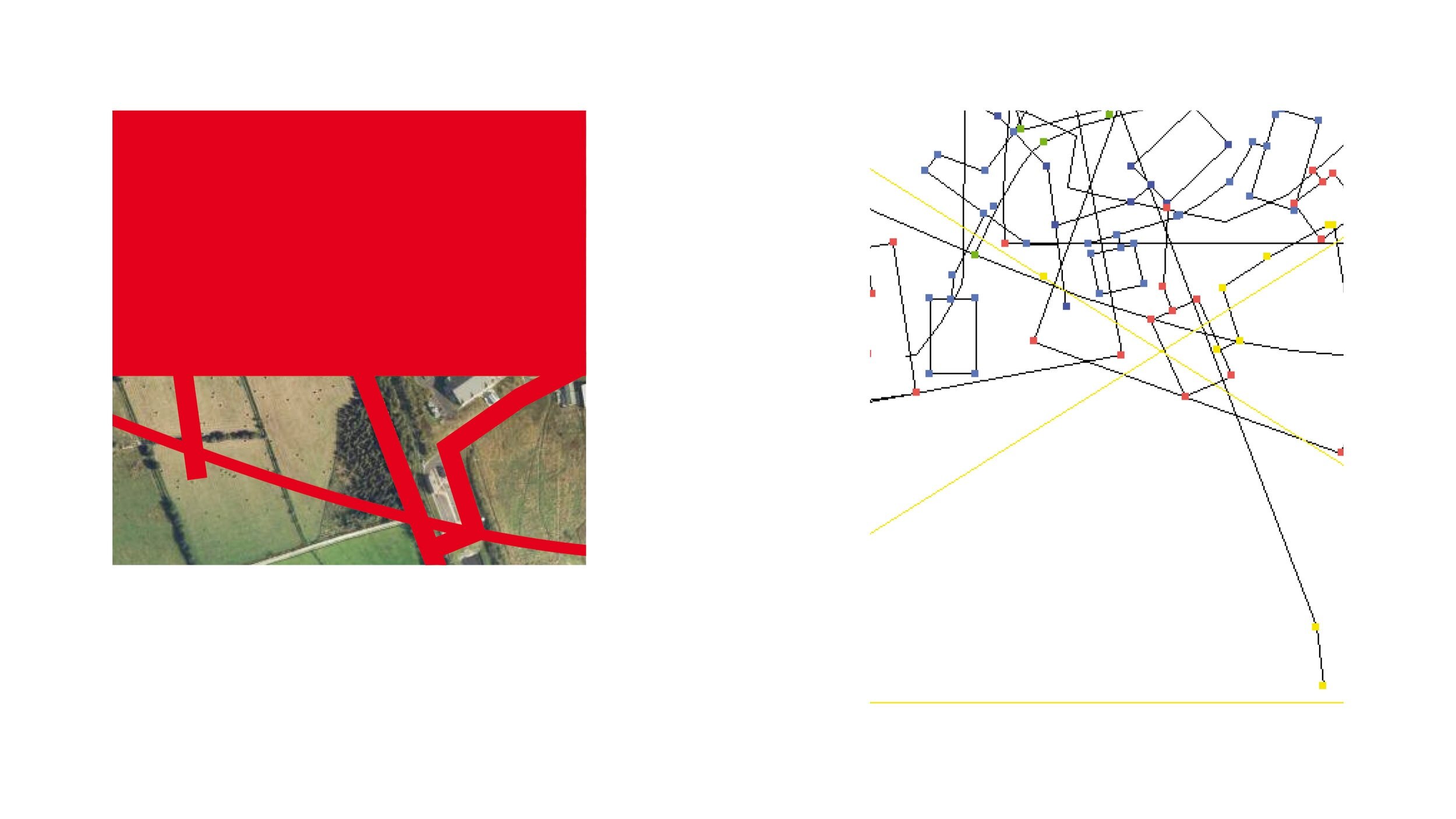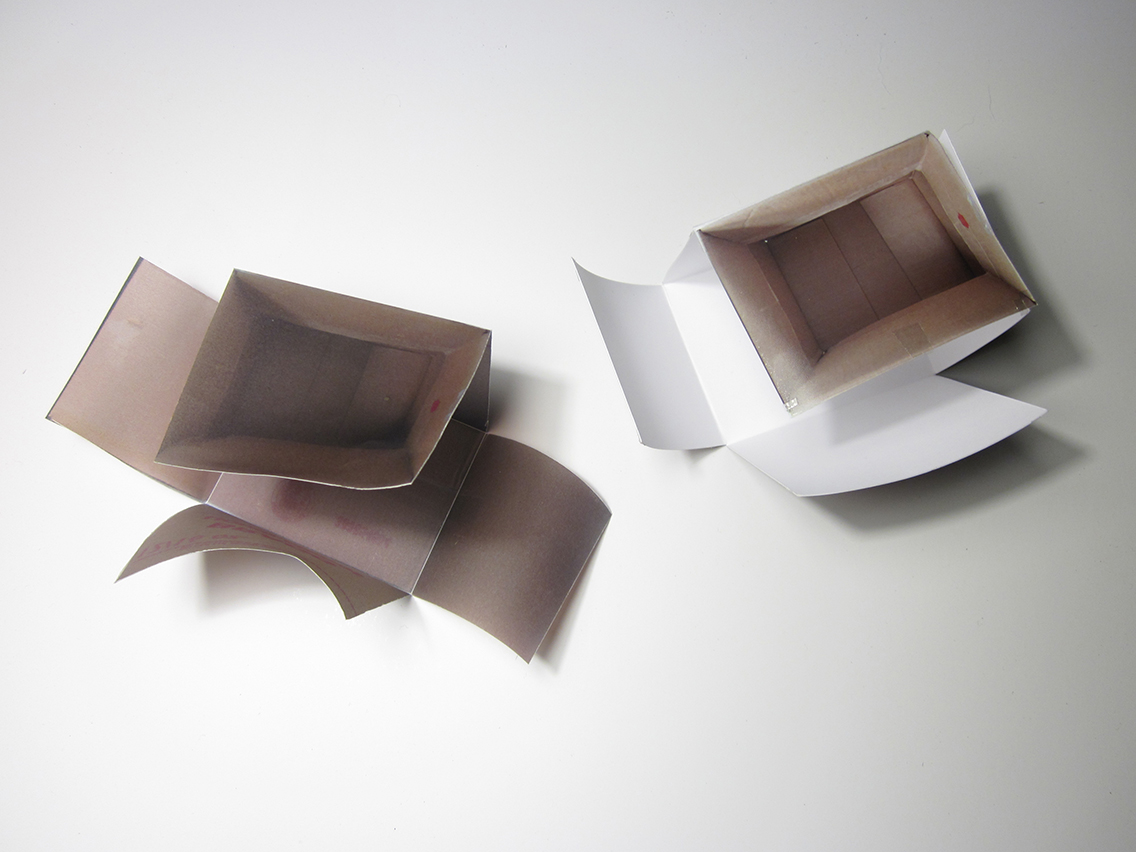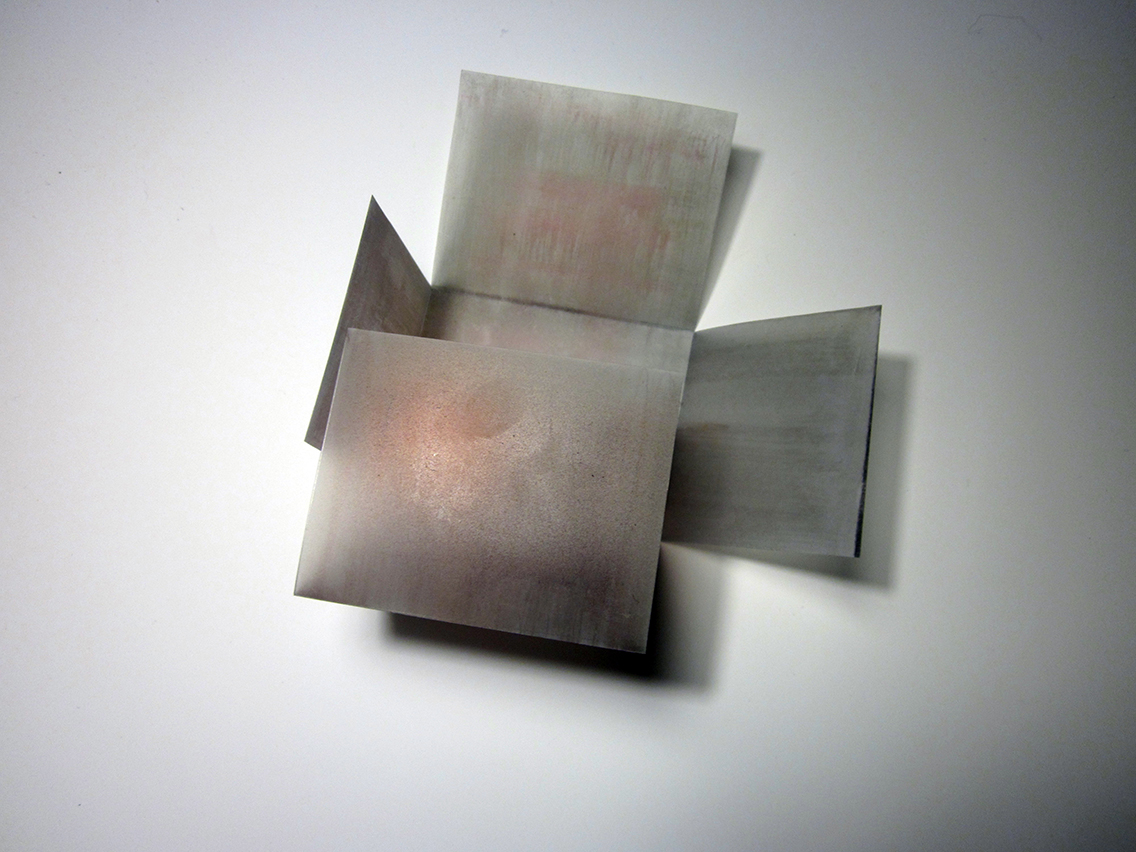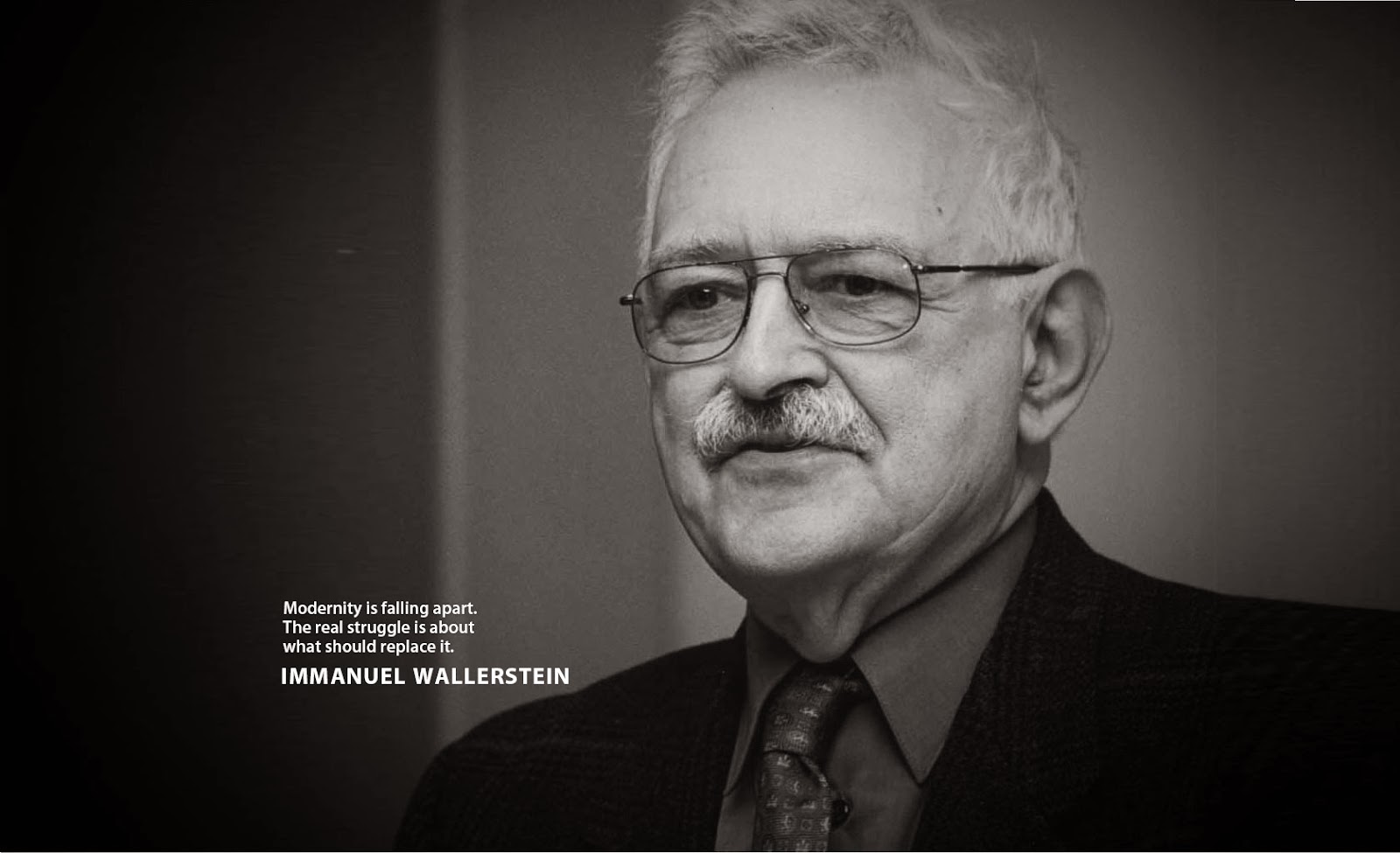07|> automaton
Knowledge was once free. It used to be deeply rooted within our instinct and was instrumental in shaping our wisdom. It possessed a mystical, ineffable value. It was essential to our existence, imparting an exchange laden with insights and full of critical information; like how to read the clouds, to sense the rain, count the tides or knowing which berry to eat. It was a gift which was passed-on from generation to generation. Today we live in the age of information where knowledge is the commodity of our new economies. As we continue to expand the networks of our interconnected lives the data and information we manufacture acts as a form of currency where the feedback from our exchange implicates us in a new form of labour. The digital ‘image’ of our new economies shapes the language of our employment, an image which is far more than just a transmigratory object for the proliferation of aesthetics, politics or emotions. Here, I investigate the role that the image plays within our new digital economies and how embedded deep within its bits and bytes of it representation an alternate function lies with in its interpretation. The image of the network is no longer just the mirror to our lives but rather it has become an impersonator in what we perceive to be an equitable exchange, an exchange which is mediated through a historical relationship that we have with images. Using the image as a pivot point I intend to explore the embedded value of images within our technological present and to investigate the dependency that we have on images to disseminate information and how this propagation is underpinned by the technologies that produces them and the institutions who control them.
<
August 19, 2015 @ 10:57
markov chains / talk map
[gallery type="square" size="full" ids="2958,2937,2935,2936"]
entropy / "the true forms of the universe are hidden from us" - plato ....
innovative world
July 24, 2015 @ 09:03
(working titles)
cval12_july 2015_install_proposal_Page_05
1. Transparency in exile : factual information may vary according to availability (working title) an intervention to an existing access corridor where information is copied, shredded and then reconfigured.
following on from april : things to consider ... gallery space > direct / deflect ... FRUSTRATION /// tension
real vs digital / format , scale material of space... potential of projector / wifi connections !!!!! shredder
a digital wall... mediation vs manipulation // painterly . wall . duration .
notes from d.c. : supporting 404 with intervention / dane / grazing, absorbing information
dealing with physical space . a.b = information / spatial / digital access
continuation in terms of how audience value works ;;; online not as interesting a time to spend
cval12_july 2015_install_proposal
[gallery type="columns" size="medium" ids="2867,2854,2856,2874,2858,2859,2860,2861,2863,2864,2865"]
Initiated on: July 10, 2014 @ 14:29
Notes for me re :: The search for a residual affect.
v.1 + : As part of my ongoing investigation into the technological shift which is occurring in society, these installations act as a form of documentation which explores the shift that we are enacting as we move from an analog existence into the digital interface.
As images move from objects into the digital environment their possibilities for becoming bits of consumption invariably increase.
represent the ‘invisible’ interactions that we have with our new technologies. O
They act as a form of documentation which explores the new relationships that we are enacting as we move from an analog existence into the digital interface. This shift raises many challenges for us as our mobile devices function both as the inputs and outputs of our every day lives. They perform a dual role, both as data gathering mechanisms, and as transmitters of knowledge and hope.
The digital space embodies a duplicity in that we can become lost in the volume of its existence yet simultaneously, define its very being through our participation. Additionally, our digital devices are changing the way we see, we become reliant on the interpretation of space, light, objects, colour, events, through [by means] of technology [which] reframes and reinterprets what and how we see – the digital device [technology] see for us – data looks – [has eyes] we interpret the data and code and through the interface is how we are seeing things today…. Seeing though machines,
This powerful symbiosis can be compared to a search module which mirrors the networked environments we live in as they are both connected through a common source, energy, which is extracted from nature. Similarly it can be argued that the horizon line which marks the boundary between grounded reality and the unseen future of space is only an imaginary line which reflects the uncertainties of discovery, like Columbus searching for new lands, of Cartesian maps, or the genesis of mathematical formulae. As each node is part of the network of intertwined information acting as conduits, and connections in the ever expanding network they integrate themselves into our existence.
As we navigate through the social milieu of data and information we get caught in the loop of our desires, ignoring the events that mark time and define our present. Our archival data driven society acts as the depository of history and as we traverse these topologies we inevitably leave traces and breadcrumbs (residue) of our existence behind.
=========================
v.2 As part of an ongoing investigations into the technological shift which is occurring in society, these installations act as a form of documentation which explore the new relationships that we are creating as we move from an analog existence into a digital interface. This shift raises many new challenges for us as our mobile devices function both as inputs and outputs of our every day lives. They perform a dual role, both as data gathering mechanisms, and as transmitters of knowledge and hope.
This dual role plays an important part in the forming of our relationships with our mobile devices and these works attempt to investigate the conflict between the promise of technology and the reality of nature and human made constructs. They represent the interaction we have with our devices and mirror a search module. Each node is part of the network of intertwined information
They act as conduits, connections to , they become nodes in the ever expanding network, they integrate into our existence and as the digital space resembles this powerful symbiosis where we can become lost in the shear volume of its existence yet define it's very being though our participation and definition.
Their arrangement mirrors the networked environments we live in as they are connected through a common source, energy. Energy which is derived from nature where the horizon line marks the boundary between grounded reality and the unseen future of space. This imaginary line reflects the uncertainties of discovery, like Columbus searching for new lands, of Cartesian maps and the genesis of mathematical formulae.
As we navigate through the social milieu of data and information, ignoring the events that mark time and define our present we can find ourselves caught in a loop of our desires… Our archival data driven society acts as the depository of history and as we traverse these toplogies we inevitably leave traces and breadcrumbs of our existence behind.
======================================= xxx ===========================
... in the digital space pathways are dicatated but we have options to choose direction. Navigate through … distracted by social ////// us and these works attempt to peer into the unseen world which lies beneath the. /////// interface of our devices, where there is no exit or no way out
They through investigation and which help us navigate, like networks which allow us to communicate, to exchange ideas, to share knowledge … to wonder further…
As the ever increasing amount of information that is gathered, the internet.
... recording and distributors // It allows for the instantaneous ever present relaying of data
The landscapes represent the human interactions and interventions of physical geography. They represent real places, place which change gradually over time. Nature intervening and humans assisting in its multiplicity of it identity, it's ability to be deceptively awe inspiring while humbling us to grains of sand or drops od water.
Could it be possible that our devices are inheriting our senses, by some sort of symbiotic process and as a result of humans trying to make devices/machines to be more like us. The perfect human and machine symbiosis. (eg, websites remember our preferences, where we’ve been, what we’ve looked at. Recorded memories, learnt identities, stolen personalities...?
Machines that kill / Machines that make art / Software that makes machines that kill / Code that makes software that makes machines that make art …
Machines rely on the function of search as part of their existence, and they rely on humans to operate them, but can they exist autonomously?
Grids / networks / modular knowledge / residue … //////// they functions as the inputs and outputs of our every day lives, ///////// Used to track where does all that unused data reside? What happens to the CCTV footage? disappearing planes / technologies that search for truth / data that ...
We get aught in a loop in the digital space pathways are dicatated but we have options to choose direction. Navigate through … distracted by social (into some of the events that we are a part off and reflect on.
_____________________________:___________________________
Initiated on: Mar 25, 2014 @ 14:45
boundaries / tracking / grids
Residual data / tracking the unseen / bar codes /
Pixel bots 1x1 clear gif . Used to track us online. where does all that unused data reside? What happens to the CCTV footage? what about disappearing planes? / technologies that search for truth / data that is left behind.
Interface / border / boundary / line / crossing point / edge
perspectivefig4
ox-oy-oz 62
grid
Grids and networks - reference past research, go back and look at Descartes Cartesian systems ; X –Y coordinates (2 dimensions // eg: the screen / interface) and OX –OY –OZ coordinates (3 dimensions // into the realm of knowledge/mind …into the screen, the object). Geometry of technology ? topology …Maps …Cartesian ... The grid as used by the renaissance painters as a tool for transferring images in scale and to break up components into manageable sections allowing multiple artists to work on the same painting (Sontags fractured image? Internet and open source software / connective grid /// ). Components as bits and bytes of information. Computational geometry and object oriented art …
Astar
Cross pollination : the screen interface / the pixel grid …
Illustration of A* search for finding path from a start node to a goal node in a robotmotion planning problem. The empty circles represent the nodes in the open set, i.e., those that remain to be explored, and the filled ones are in the closed set. Color on each closed node indicates the distance from the start: the greener, the farther. One can first see the A* moving in a straight line in the direction of the goal, then when hitting the obstacle, it explores alternative routes through the nodes from the open set.
animation : Subhrajit Bhattacharya.
_______________________________________::__________________
Initiated on: Mar 25, 2014 @ 14:45
documentation on earlier thoughts
The self as a transparent box
Laurent Millet – transparent mood of me
Construct a box where each panel is a photo of the corresponding panel of the box itself (cardboard boxes used to package food good or electronic items/digital devices) the box is made/or the panels are printed on to a transparent medium so that there is a certain amount of transparency to the object. Inside the box is a coloured ball representing emotion : warm = orange / cold = blues. :: v.2 : The box would be fitted with sensors so that when approached the object would begin to glow, the more movement/people who approach the box the more the colours become intense or glow, as people move away the box begins to loose its intensity. :: The box represents the individual or the self. The fact that the box is composed of photos of itself is a reference to how we see ourselves or how others might perceive us. It also references narcissus. As the object is approached we activate the interaction through proximity and initiate an interaction with something that is representing itself. Metaphor for how we want to be perceived. The more people the more intense the colour (the more we think we like something). Individual vs group. :: Variations: multiple boxes in a space, as the viewer passes through the space the closest boxes begin to glow and the other boxes in the space that are further away do not incite a reaction.
The double surveillance and the self – 360º vision
Two surveillance cameras face each other. The cameras communicate with a device/screen wirelessly which shows the activity that the cameras pick up. The device then transmits/projects the image on to a screen where the two images from each camera are superimposed to construct a new image. :: As a person steps/moves/fills the space between the two cameras the image from each camera is then combined (capturing the person/s from front and back) creating a new image of your self. If two people or more enter the space between the cameras, then one individual might become a hybrid of the other. :: The screens and devices are commercially available products used mostly for home surveillance. The devices would be stripped of their outer casings, exposing only the hardware and possibly making us think of the software that drives the technology or how the technology works. :: The double self .... reconstructed self . want the individual to think about the spaces we use (urban, shopping mall, streets, places) and the multitude of devices that record and observe us and arethey a true representation of ourselves. :: Manuel Castells: “the construction/reconstruction of the self is tantamount to managing the changing set of flows and codes that people are confronted with in their daily experience.” (Castells, 1994 p.46 / net_condition)
Tracking what we eat / what we consume
“For months I followed strangers on the street. For the pleasure of following them, not because they particularly interested me. I photographed them without their knowledge, took note of their movements, then finally lost sight of them and forgot them.” Sophie Calle
The single line of a red glowing light from a bar code scanner slowly moves up and down the wall. The projected beam of light mesmerises us with its slow moving rhythm and its glow. Arranged next to the beam of light are a series of constructed cardboard square which are comprised of bar codes from boxes of food. Each square contains the data of series of products/objects for example a meal I recently ate, a series of books i read or ... there could be a multitude of scenarios on contained on each square. The squares are roughly about 6-8 cm, are made from cardboard and can be removed from the wall, possible sitting on a hook or a rack as in a store. :: The idea is to entice the viewer to interact with the beam of light from the scanner. A nail/s [or similar] are placed so that the beam crosses/intersects these ‘hanging’. The viewer is asked/suggested to remove a card next to the beam of light and place the card in front of the scanner beam. :: When the scanner beam crosses the placed card the data picked up by the scanner is then projected on to the wall next to / or else where in the space which lists or depicts the products from the card on the wall. There could be a possibility of showing for example the ingredients of the products or where the ingredients came from or when those products/ingredients where manufactured. :: Exposing the nature of our manufactured world, giving some transparency to our consumption, informing us ... making us think about how and what we consume... tracking and origins, pervasiveness of technology in our society.
User initiated movement/interactivity
Mobile device screens which show a moving objects [ping-pong ball] Flip book type. As the viewer can activate the movement of the objects by swiping the screen? Or a sensor picks up the viewer and activates the movement. :: Interface / tactility / thinking we have control over movement / perception / alter appearance [device]
Objects, knowledge / abandonment of memory/experience
Reconfigure a book stand (those things which stop books from falling down on the book shelf) or those objects which are becoming obsolete. Abandonment through technology and progress. Quietus of the object. : maori pas being abandoned because they moved from rural to cities etc, for assimilation? / opportunities? cultural spaces /place remain in memory only]. :: Book stands would have technology components added to them, connectors, Ethernet jacks, Wi-Fi / antennas, etc... change / lost identity / lost intent...
Initiated on: Feb 14, 2014 @ 20:403
August Toepler and the 'unseen'
A schlieren photograph showing the compression in front of an unswept wing at Mach 1.2
A model Cessna with helium-filled bubbles showing pathlines of the wingtip vortices.
Schlieren photography is a visual process that is used to photograph the flow of fluids of varying density. Invented by the German physicist August Toepler in 1864 to study supersonic motion, it is widely used in aeronautical engineering to photograph the flow of air around objects.... it is the art of looking at what we can’t see .... driven by Toepler's work in capturing schlierens (streak in German) in glass used to make lenses. His investigations in 1864 were driven by his interest in supersonic motion and Schlieren photography has led to flow visualization and other data driven technologies ...
Andrew Davidhazy from the School of Photographic Imaging and Photographic Technology Department at Rochester Institute of Technology describes that “schlieren imaging is only possible if there are present in the subject gradients or boundaries across which the density changes.” (A. Davidhazy, retrieved from http://people.rit.edu/andpph/text-schlieren.html) (http://www.rit.edu). This idea of a substrate required to fracture light so that it can be recorded goes back to the capture of expose and image which had led me to think about how elctro magnetic fields might be able to be captured photographically. The presence of EMF’s is part of our use new technologies including telephone and mobile , radio, WiFi connections,
The basic optical schlieren system uses light from a single collimated source shining on, or from behind, a target object. Variations in refractive index caused by density gradients in the fluid distort the collimated light beam. This distortion creates a spatial variation in the intensity of the light, which can be visualized directly with a shadowgraph system.
In schlieren photography, the collimated light is focused with a lens, and a knife-edge is placed at the focal point, positioned to block about half the light. In flow of uniform density this will simply make the photograph half as bright.
However in flow with density variations the distorted beam focuses imperfectly, and parts which have been focused in an area covered by the knife-edge are blocked. The result is a set of lighter and darker patches corresponding to positive and negative fluid density gradients in the direction normal to the knife-edge. When a knife-edge is used, the system is generally referred to as a schlieren system, which measures the first derivative of density in the direction of the knife-edge. If a knife-edge is not used, the system is generally referred to as a shadowgraph system, which measures the second derivative of density.
If the fluid flow is uniform the image will be steady, but any turbulence will cause scintillation, the shimmering effect that can be seen on hot surfaces on a sunny day. To visualise instantaneous density profiles, a short duration flash (rather than continuous illumination) may be used....
Initiated on: Jan 19, 2014 @ 14:45
ambiguity through global contemporary social patterns, science and analysis
As I re-read this statement I wonder how much has changed. I wrote this as part of a submission to an online magazine which was running a series of essays/works revolving around the global/local issues. My previous work and interests in the urban systems is still relevant today and my current interest in networks, technologial information flows and how we interact/define with our contemporary devices has been driven by my past thinking... maybe there is more here to unpack... the idea of abstraction emerging from repetition has some interesting possibilities which require some further thought ...
The systems and technologies that define our cities are universal ones. Transportation, buildings and communications are part of our cities and therefore a part of our global economics which according to Larry Summers (Clinton’s Treasury Secretary), "the laws of economics are like the laws of engineering. There is only one set of laws and they work everywhere". Although the elements are particular to every city they nonetheless represent part of a global desire to create a systematic and uniform method for operating within them. They allows any of us, no matter where we are from, to participate in the system with relative ease. As we use the elements within the system they become entrenched in our psyche and their purpose becomes routine. They begin to lose their individual meaning and take on a new life that starts to shape and engineer new modes of thinking and seeing. They repeat themselves and through that process mutate to become abstract. They create a new language for which we have no words. A new environment for us to participate in.
December 2004 - submission statement to Art-e-fact magazine – http://artefact.mi2.hr/index_en.htm
“A world-system is a social system ....
Bertalanffy's ideas were developed into a General Systems Theory....





















